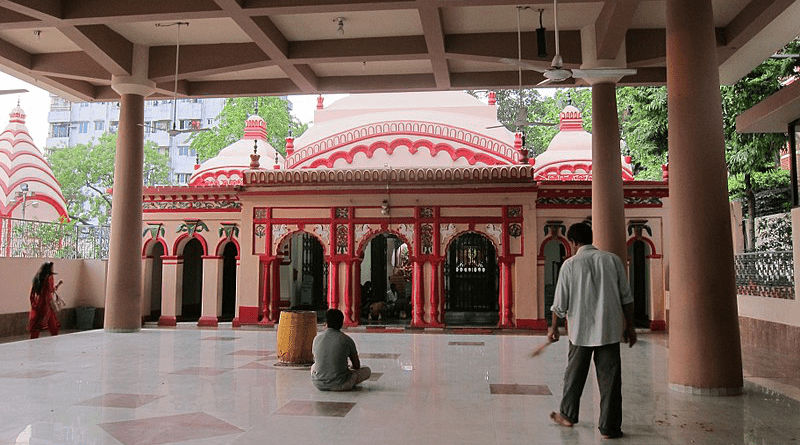Minority Persecution In Bangladesh: A Distorted Reality – OpEd
By Anup Sinha*
Bangladesh has recently been depicted by some in the international media as a violent country from which Hindus are fleeing to India. However, this understanding is completely incorrect. There is no doubt that Bangladesh has seen a steady outflow of Hindus since partition. Minorities accounted for 23.1 percent of the population in 1951, but only 9.6 percent in 2011. However, this argument overlooks the fact that this did not occur as a result of the state of Bangladesh’s persecution on its minorities; but rather it can be attributed to the tale of human mobility, and indeed persecution, is more nuanced than that.
To begin with, much of this decline occurred before 1971, when Bangladesh was still a part of Pakistan. By 1974, when the census for that decade was taken, the minority population had dropped by more than a third, to 14.6 percent. This decline is evidently attributable to population exchanges between newly constituted nation-states over the decade, as well as the Pakistani military’s purposeful ethnic cleansing campaign against non-Muslims and Muslims in 1971.
Meanwhile, during the 1950s and 1960s, an influx of Muslims from Bihar and other parts of the country complemented the non-Muslim migration. According to census data from 1974, the Muslim population increased from 34 million in 1951 to 65 million in 1961. Has this tipped the scales in any way?
Returning to the present, it is true that the proportion of non-Muslims has decreased since 1974. Since the Liberation War, the non-Muslim population has progressively decreased by an average of 1.25 percentage points every decade, according to census data. Between 1981 and 1991, the proportion of minorities in the population declined by 1.6 percentage points. Surprisingly, the smallest decline occurred between 2001 and 2011, which included years marked by greater persecution of minorities in the run-up to national elections.
Even if out-migration had not been a determining factor, for the Hindu-Muslim ratio to remain constant over time, they would have had to have comparable population growth, which meant that they would have to be demographically identical, in addition to having the same birth and death rates.
Researchers from the ICDDR,B’s Health Systems and Population Studies Division and the University of North Carolina (Chapel Hill) looked at population data from the Matlab Health and Demographic Surveillance System from 1989 to 2016 to see why Hindus have a lower population growth rate than Muslims in a paper titled “Hindu Population Growth in Bangladesh: A Demographic Puzzle.” This database was created by ICDDR,B in the Matlab upazila of Chandpur to track the health data of residents in the area, and it spans 50 years, giving it a comprehensive resource for demographic research.
The researchers discovered that while international out-migration by Hindus may account for 23% of the low population growth, decreased fertility rates are a significantly bigger factor. Matlab’s Hindu community married and had children later in life, used more contraception, and had a lower birth rate. Poor fertility rates may account for 71 percent of the low growth rate, according to the study.
They also discovered that, since 2006, more Hindus have chosen to migrate to countries other than India. Between 2005 and 2012, just 36% of Matlab’s Hindu migrants migrated to India.
Having said that, prejudice against minority communities is a reality, and anyone who denies it will be accused of being in denial. Discrimination occurs in a variety of ways, from the level of access members of this community have to power structures to how they are religiously profiled in ordinary situations such as renting a home. Meanwhile, vested property laws have depleted the community’s dynastic wealth, which may have aided their economic well-being over the years. Is there, however, a full-fledged ethnic cleansing underway with the goal of driving Hindus to India? Any statistical data or impartial examination of Bangladeshi conditions cannot justify such a viewpoint.
Human migration across the Indian subcontinent has a complicated history that spans half a century and millions of people. Maps altered shape when landmasses switched people, resulting in the loss of homes, papers, and lives. As a result, Bangladesh is being depicted unfairly and without evidence as a country that discriminates against its minorities, particularly Hindus.
*Anup Sinha, is an independent researcher of South Asian affairs, specially focused on India, with prime areas of interest including Indian economy, Bangladesh, Seven sisters, Rohingya crisis etc.

